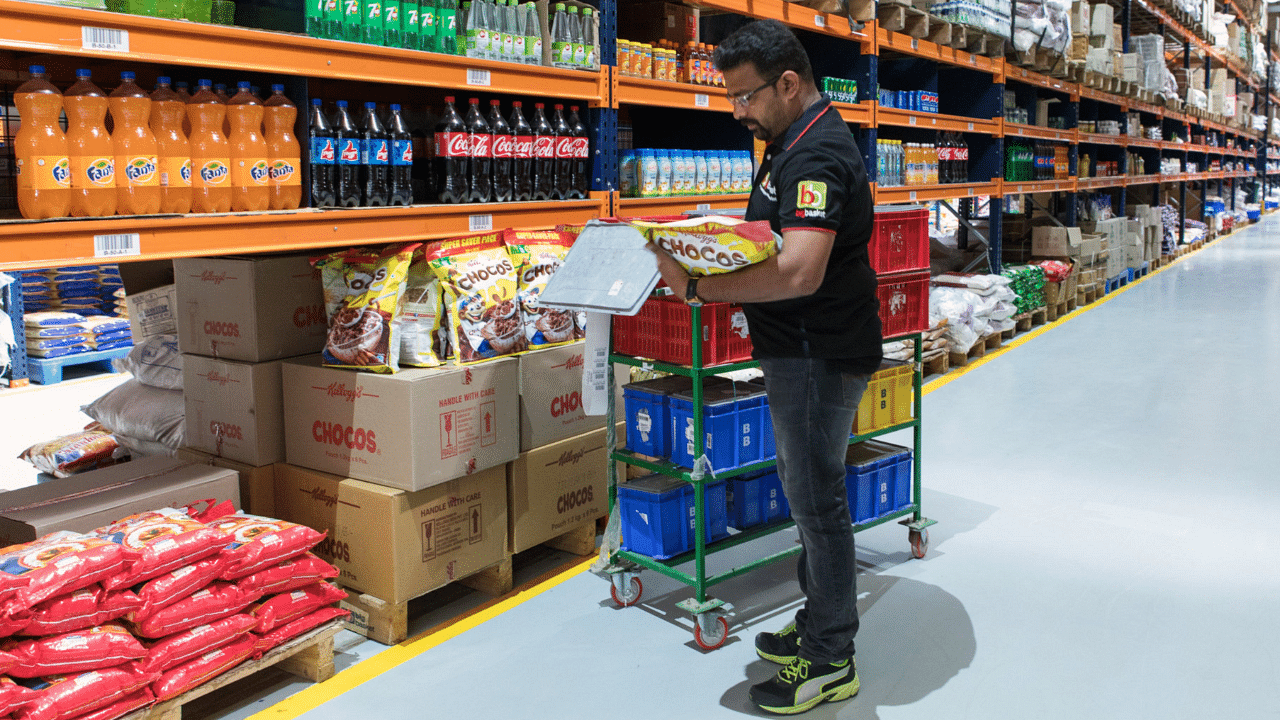
The retail inflation of fast-moving consumer goods (FMCG) has been at an all-time high in India for some months straight. In March 2022, India’s retail inflation had surged to a 17-month high of 6.95% on the back of rallying food and oil prices and, in April 2022, it climbed higher to 7.8%. Food prices have grown dearer resulting in the Consumer Food Price Index (CFPI) shooting up to 17-month highs of 8.4% in April 2022 from the March 2022 figure of 7.7%. Food prices in rural India rose at 8.5% levels, faster than in the rest of the country in rural India, in April 2022.
Extraordinary factors at play
The markets are unable to predict a stabilisation in these figures, with the continuing global rally in energy, fuel, and food prices on the back of the Ukraine crisis, the Indonesian palm oil predicament, and sub-prime wheat production in India’s wheat belt among several other factors.
Also, the Union government has recently announced a total ban of exports, as a measure to control the rising domestic prices of the crop.
Challenges to FMCG sector
The biggest challenge of these extraordinary inflationary pressures is that they have been persisting for months now. Due to this, retailers have been noting consumers’ downtrading (thus eating into their volumes as well as their margins) and opting for either cheaper brands to what they usually preferred or smaller packs instead of the standard ones, in order to save some money. They are worried over plunging demand for goods and even how to balance the delicate issue of passing on the rising cost to consumers while adjusting market demand against profitability, at such a time. The last time such a situation was observed was in 2005-2012 when it saw a price-driven value growth but margins were strained.
While the skies look dark for the retail sector, the segment has always been a resilient one and it’ll positively ascend from this whirlpool of a situation as well.
Focus on key-value categories and products
Every brand has certain products that drive its entire value perception because consumers equate these items as representatives of the entire brand and closely follow them. So, if they see the cost rising for such products within the brand range, they perceive it as the brand’s overall pricing strategy.
Hence, retailers should identify such key-value categories and products, and keep their prices steady. If they can afford to offer a sale price on these products that sends a positive sign to the consumer, as they are happy that the brand is able to hold on to or even lower their prices in these extreme times. Thus, the retailer will be able to maintain their hold on their existing profit and market share comfortably.
Monitor the competition closely
One way of gauging a market is by studying the competitors closely. How they react to long-term inflation, for instance raising the price of their entire product range or only a select few products, says a lot about what they think of the market’s performance in the near future.
Understand their motivations and actions, only then decide if you want to follow suit or take a different route altogether.
Adjust cost to inflation before raising prices
If a company plans to increase the current prices of their products then they should strategise through a forecasting model to study all variables that will impact the product cost over the near future, let’s say 6 months, and calculate the future costs by applying the selected strategy to adjust the cost to inflation and then arrive at the new prices.
Since retailers have to account for each variable that can have an impact on the future cost of the product, this method is quite tedious as it deals with vast amounts of data and information. It is challenging to balance and analyse so much information from so many sources and work at it in real-time to determine a logical number. For simplifying such a challenging process, AI-based predictive analytical programs may be a good place to start.
FMCG players can beat the ongoing inflation as they have always done in the past. That’s not to say that it’ll be easy but the solution to fighting inflation and staying afloat in this market lies in how the company decides to proceed.
(The author is Director, Bikano, Bikanervala Foods Pvt Ltd)